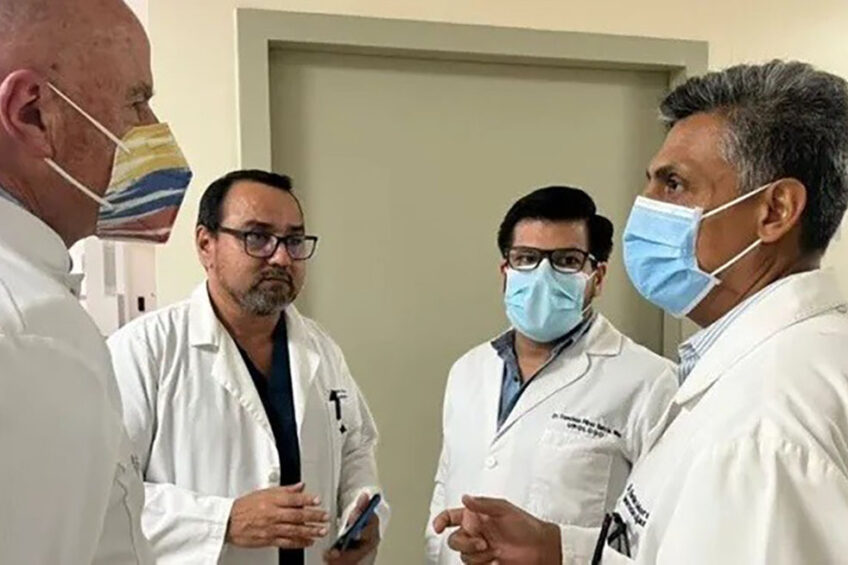Bird flu detected in Chile and human case reported in Equador

Chile has detected the H5N1 avian influenza virus strain among dead birds in Valparaiso region, an area that produces poultry. Protective measures have been implemented throughout the country.
As has happened in several Latin American countries, the disease re-emerged in Chile at the end of 2022 via pelicans. Prior to this latest detection, however, all outbreaks occurred in areas without significant poultry production.
Chile was declared avian influenza-free in early 2020. While there are currently no reports of the virus entering backyards or commercial livestock, the country’s Agriculture and Livestock Service (SAG) reports that it is receiving more and more notifications of sick or dead seabirds.
Quick response to bird flu alerts
According to Juan Carlos Dominguez, president of the meat exporters association ChileCarne, the speed of detection and the alert system allows the sector to respond quickly.
“The SAG team carries out permanent monitoring. Since the strain appeared in the United States, we have doubled our efforts, especially in seabirds. For many years, white meat producers and exporters have implemented biosecurity measures in the face of the return of the disease,” he added.
Chile’s poultry market
Chile produced 675,162 tonnes of chicken meat and 71,614 tonnes of turkey in 2021. The country’s chicken meat exports are estimated to have increased by 11% in 2022, to 214,000 mt and with 28% more value. Turkey meat exports could have increased by 25% to 30,000 tonnes.
Human case of avian influenza in Ecuador
Ecuador’s Ministry of Health confirmed the first case of avian influenza human transmission in a 9-year-old girl in Bolivar province. This marks a rare case of human infection and is the first in South America, a month after the country declared an animal health emergency.
According to Reuters, the human disease caused by avian influenza infections ranges from mild to more severe symptoms and could include death.
The 9-year-old girl infected with avian flu (A-H5) is “stable with a favourable evolution”, said Francisco Pérez, undersecretary of Surveillance and Health Control of the Ministry of Public Health (MSP) of Ecuador, said on 10 January. He further indicated that the minor had symptoms on 25 December and was treated locally.
According to the United States Centers for Disease Control and Prevention, the spread of the virus that causes the disease, H5N1, among humans is rare.
In the case reported in Ecuador, the country’s Ministry of Health stated that humans and animals in that province are being closely monitored. “It is assumed that the infection occurred through contact with birds. So far, no other cases have been reported in humans,” the note added.
A health emergency
Ecuador declared a health emergency at the end of November and issued an epidemiological alert in December. They registered cases in Cotopaxi and Bolívar, where thousands of birds were culled to contain the disease.
Avian flu has decimated poultry flocks since last year in Europe, Asia and North America, including in the US, which reported the first human case last April.
After migrating from North and Central America, the avian flu virus entered the continent through Colombia and soon reached Venezuela, Peru, Ecuador and Chile. To date, there have been no reported cases in Argentina, Brazil, Paraguay or Uruguay.
Around the world, hundreds of millions of commercial birds were culled to stop the spread of the disease, and millions more wild birds have died.












